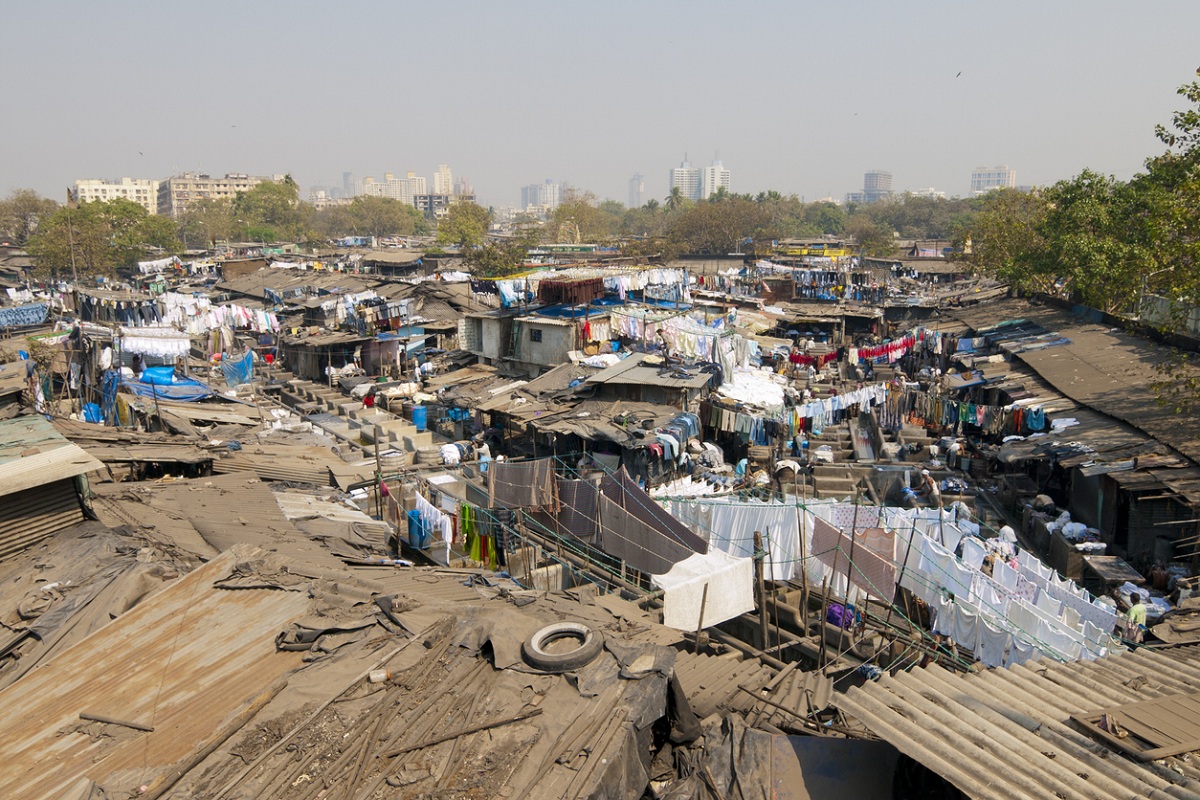With no deaths reported for several days, and a reduction in the number of Covid- 19 positive cases, Dharavi in Mumbai is said to be close to flattening the curve of the disease. It bears recall that when the first cases were reported from Asia’s largest slum ~ said to house up to a million people in an area of 2.1 square km and with a population density said to be among the highest in the world ~ epidemiologists had warned that Dharavi was a ticking time bomb.
That it has emerged triumphant is attributed to various factors. These include re-opening of private clinics in the slum and co-option of local doctors in screening efforts, and in treating those with symptoms; regular fumigation and sanitisation of the 450 public toilets; aggressive screening and timely isolation and, in small part, some decongestion of the area after migrants left Mumbai.
Advertisement
These may all be important factors, but they explain only in part how Dharavi managed to fight the coronavirus. For the real answer may lie in factors that militate against majoritarianism and support the idea of a syncretic, educated India. Dharavi with a literacy rate of 69 per cent may be the most literate slum in India. Its demographics suggest that it is also incredibly diverse in terms of religious and ethnic backgrounds.
Nearly a third of the residents are Muslim, just over 60 per cent Hindu and 6 per cent are Christian. The rest are made up of a smattering of faiths. Dharavi has its origins in the late 19th century when tanneries, worked mostly by Muslims and lower caste Hindus, were shifted here. Thereafter, communities of potters from Gujarat and embroidery workers from Uttar Pradesh moved into the area.
Over the decades, migrants from many other parts of India have also made their homes there ~ graduating in many cases from rented spaces to owned properties. The descendants of the original settlers continue to practise these trades, but many more have come up in the small factories that dot the slum and where everything from idlis to handbags are made.
Many are also engaged in the recycling business. Despite its many diversities, Dharavi is also a remarkably homogenous community. The last serious communal flare-up occurred in 1992 after the demolition of the Babari mosque. In the aftermath of those riots, two long-time residents, Waqar Khan and Bhau Korde among others had initiated a communal harmony movement that has now taken firm root.
This strong sense of community has allowed Dharavi residents to work together to confront adversity. To a considerable extent, the world outside Dharavi is itself an adversary for many covetous eyes have viewed the valuable real estate the area now represents with avarice.
It is therefore not surprising that Dharavi was able to put together its resources, energies, and ingenuity to fight a disease against which it was said to have no chance. If Dharavi flattens the curve, as now seems likely, there is a lesson here for all communities. And that is to never be divided, not by religion, or caste, or community.











